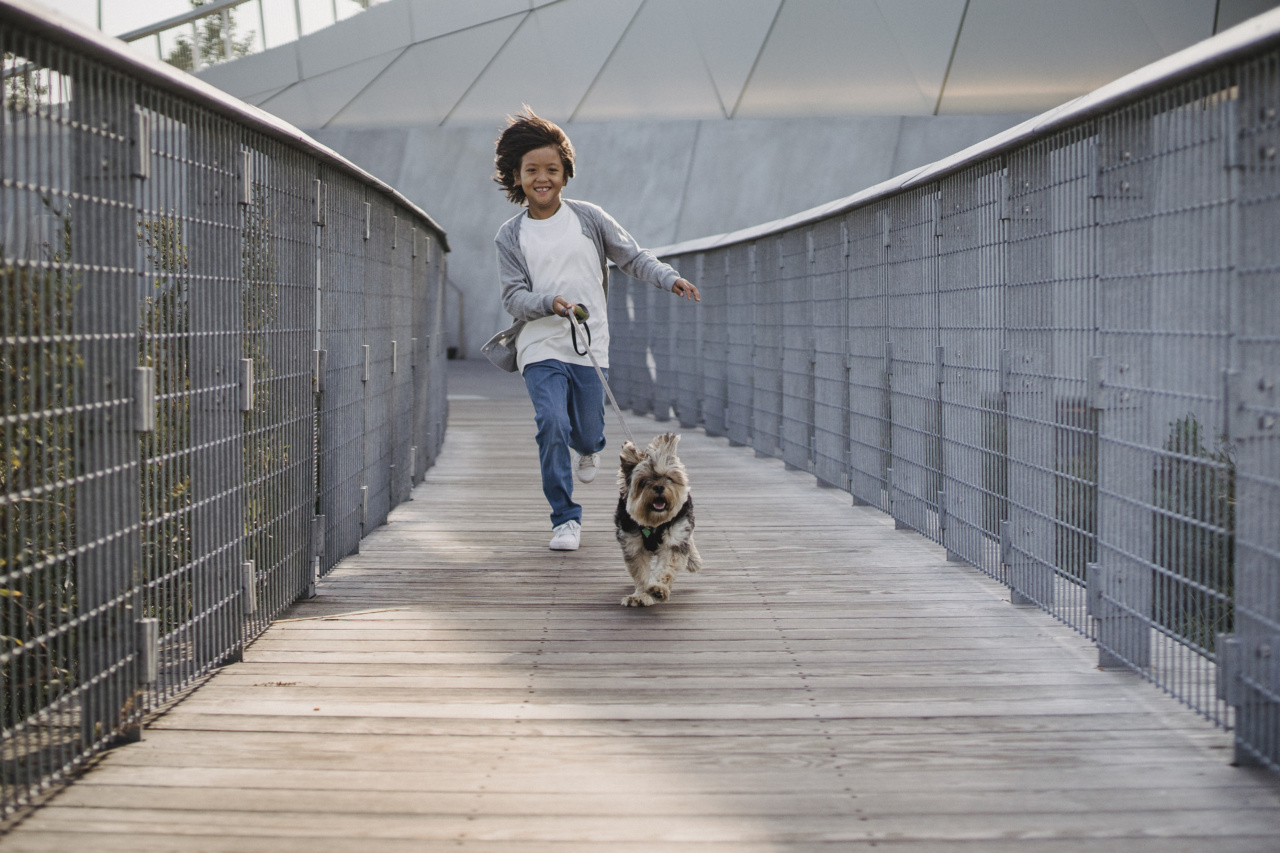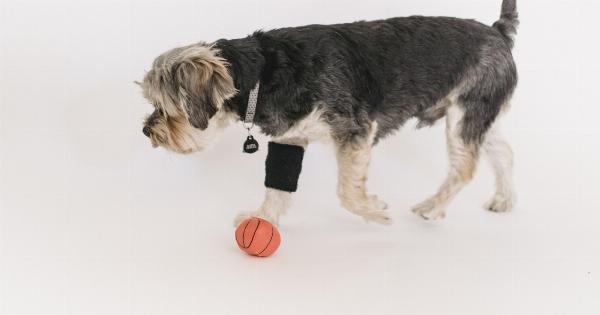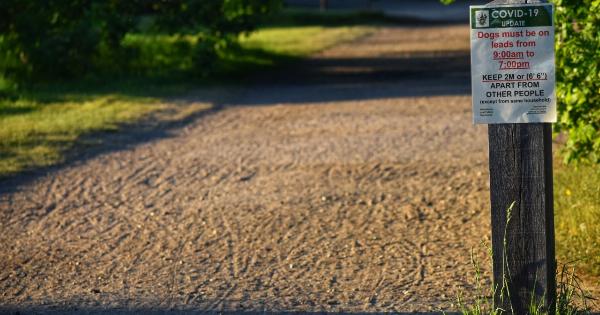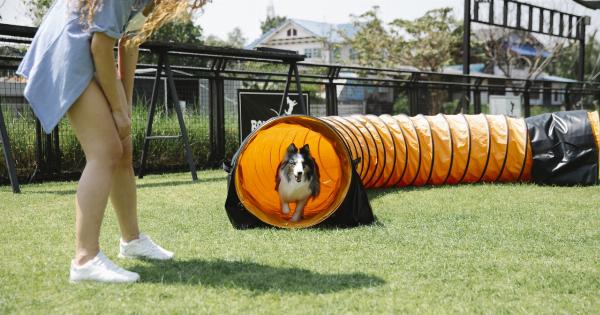As a dog owner, you want the best for your furry friend. You provide them with love, care, and a safe home. But have you ever thought about the importance of keeping your dog active?.
Just like humans, dogs need regular physical exercise to stay healthy and happy. In fact, many behavioral problems in dogs can stem from a lack of physical activity.
From obesity to destructive behavior, a sedentary lifestyle can lead to a variety of issues for your canine companion. On the other hand, an active dog is a happy and well-balanced dog. Let’s explore the benefits of keeping your dog active, and how it contributes to a joyful life for both you and your pet.
1. Physical Health Benefits of Exercise
Regular exercise is essential for maintaining your dog’s physical health. Dogs that engage in physical activities have stronger muscles and a healthier cardiovascular system.
It helps maintain a healthy weight and reduces the risk of obesity, which is a common problem in today’s sedentary dogs.
Additionally, exercise helps improve joint flexibility and prevents muscle atrophy. It can also help to reduce the risk of certain diseases such as diabetes, heart disease, and arthritis.
By keeping your dog active, you are promoting overall well-being and ensuring a longer and healthier life for your furry friend.
2. Mental Stimulation and Cognitive Development
Keeping your dog active doesn’t just benefit their physical health but also their mental well-being. Dogs are intelligent animals that require mental stimulation to prevent boredom and behavioral issues.
When you engage your dog in physical activities such as walking, running, or playing fetch, you are providing them with mental challenges.
Exploring new environments, solving problems, and interacting with other animals and people helps sharpen their cognitive skills.
Furthermore, regular exercise helps reduce stress and anxiety in dogs. It releases endorphins, also known as the “feel-good hormones,” which promote a sense of relaxation and happiness.
A mentally stimulated dog is a content dog, and they are less likely to engage in destructive behaviors born out of boredom or frustration.
3. Bonding and Socialization Opportunities
Engaging in physical activities with your dog strengthens the bond between you and your furry companion.
Whether it’s going for long walks, playing at the park, or participating in agility training, these shared experiences create a deep sense of connection.
Furthermore, getting your dog out and about provides ample opportunities for socialization.
Meeting other dogs and people helps your dog learn how to interact appropriately, making them more well-behaved and less prone to aggression or fear-based reactions.
Regular exercise with your dog also presents the chance to meet fellow dog owners and create a community of like-minded individuals.
Sharing experiences, training tips, and even organizing playdates can further enrich both your and your dog’s lives.
4. Controlling Destructive Behavior
We’ve all heard the phrase “a tired dog is a good dog,” and it holds a lot of truth. A dog with pent-up energy is more likely to engage in destructive behaviors such as chewing furniture, digging up the garden, or excessive barking.
By providing your dog with regular exercise, you are channeling their energy in a positive and productive way. Physical activities burn off excess energy, leaving your dog calmer and less likely to resort to destructive behaviors.
Additionally, an active dog is less prone to develop separation anxiety, as they are more accustomed to being physically and mentally stimulated even when you are not around.
5. Weight Management and Obesity Prevention
Obesity is becoming an increasingly common problem among dogs, just like it is among humans. Overfeeding and lack of exercise are primary factors contributing to this issue.
A sedentary lifestyle can lead to weight gain and obesity, which in turn can lead to various health problems for your dog.
Obesity puts additional strain on their joints, increases the risk of heart disease, diabetes, and can even shorten their lifespan.
Regular exercise helps burn calories and maintain a healthy weight for your dog. Activities like running, hiking, or swimming are excellent ways to keep them active while shedding those extra pounds.
Consult with your veterinarian to determine the appropriate exercise routine, especially if your dog is currently overweight or has any underlying health conditions.
6. Healthy Sleep Patterns
Just like humans, dogs need quality sleep to recharge and maintain optimal health. Regular physical activity helps promote healthy sleep patterns for your four-legged friend, ensuring they get the rest they need.
By engaging your dog in physical activities during the day, you are helping to exhaust their energy. This means they are more likely to fall into a deep sleep at night, rather than being restless or experiencing sleep disturbances.
Having a well-rested dog means they wake up refreshed, rejuvenated, and ready to tackle the day ahead.
It also means they are less likely to engage in disruptive behaviors during the night, ensuring a peaceful sleep for both you and your canine companion.
7. Tailored Exercise for Different Breeds
It’s important to note that different dog breeds have different exercise requirements. While most dogs benefit from daily physical activities, certain breeds have specific needs that must be met to keep them happy and healthy.
High-energy breeds such as Border Collies, Australian Shepherds, or Huskies require more intense and prolonged exercise sessions.
They thrive on activities that challenge them both mentally and physically, such as agility training or long-distance running.
On the other hand, brachycephalic breeds like Bulldogs or Pugs have shorter snouts that make it difficult for them to engage in intense physical activities.
They are more prone to respiratory problems, so it’s important to provide them with moderate exercise to prevent overheating or respiratory distress.
Understanding your dog’s breed-specific exercise requirements will allow you to tailor their activities accordingly, ensuring they receive the appropriate amount of exercise without risking their health or well-being.
8. Age-Appropriate Exercises
Just like puppies have different exercise needs than adult dogs, senior dogs also require a modified exercise routine. As dogs age, their energy levels and physical capabilities change, so it’s important to adjust their activities accordingly.
Puppies have boundless energy and require short bursts of controlled exercise throughout the day. However, you should avoid high-impact activities such as running or jumping until their bones are fully developed.
As dogs enter their adult and senior years, their exercise routine should focus more on maintaining muscle tone, joint mobility, and cognitive stimulation. Low-impact exercises like swimming or leisurely walks are great options for older dogs.
Consulting with your veterinarian will help determine the most suitable exercise regimen for your aging furry friend.
9. Making Exercise Fun for Your Dog
Exercise doesn’t have to feel like a chore for either you or your dog. In fact, it should be an enjoyable and fun experience for both of you. Here are some ideas to make exercise more engaging:.
1. Variety: Keep things interesting by incorporating different activities into your dog’s routine.
From agility training to hiking trails or playing at the beach, variety keeps your dog mentally stimulated and excited for each new adventure.
2. Interactive Toys: Use toys that promote physical activity and mental engagement, such as puzzle toys or treat-dispensing toys. These toys require your dog to think and move to retrieve their rewards.
3. Dog Sports: Consider participating in dog sports like flyball, dock diving, or obedience trials. These activities bond you and your dog while providing opportunities for physical exercise and mental stimulation.
4. Playdates: Arrange playdates with other dogs to give your furry friend a chance to socialize and play.
Dogs often mimic each other’s behavior, so your dog will be inspired to engage in physical activities if their playmate is energetic.
5. Training Sessions: Use training as a way to exercise your dog’s body and mind. Incorporate physical activities like running alongside obedience training or teaching them new tricks that require physical exertion.
10. Incorporating Exercise into Your Routine
Now that you understand the importance of keeping your dog active, it’s time to incorporate regular exercise into your routine. Here are some practical tips:.
1. Set a Schedule: Determine the best times of day for both you and your dog to engage in physical activities. Creating a routine makes it easier to stick to, ensuring your dog receives consistent exercise.
2. Start Slow: If your dog is not used to regular exercise, start slowly and gradually increase the intensity and duration of the activities.
This helps prevent injuries and allows your dog’s body to adapt to a more active lifestyle.
3. Use a Leash: When exercising outdoors, always have your dog on a leash unless you are in a specifically designated off-leash area.
This helps ensure their safety and prevents them from running off or getting into potentially dangerous situations.
4. Consider Professional Help: If you’re unsure about how to get started or want guidance on the best exercise routine for your dog, consult a professional dog trainer or veterinarian.
They can provide expert advice tailored to your dog’s needs and fitness level.
5. Be Aware of Weather Conditions: Extreme weather conditions can be dangerous for both you and your dog. Avoid exercising during high temperatures or freezing cold weather to prevent heatstroke or hypothermia.
6. Monitor Your Dog’s Health: Keep an eye on any signs of discomfort or fatigue during exercise.
If your dog appears excessively tired or experiences difficulty breathing, it’s essential to take breaks and seek veterinary advice if necessary.
By following these tips, you can ensure that both you and your dog enjoy the benefits of an active lifestyle while remaining safe and healthy.



























